My company does about half our work in new construction and half in whole house remodels. If you were to blindfold me and take me into a house that has the drywall removed, I could tell you the decade it was built just by seeing the ductwork. Here in Austin houses built in the 50’s & 60’s have just about 100% rigid metal ductwork. Then, starting at the 70’s flexable duct starting on the scene and rigid metal has almost totally disappeared from residential construction. I’ve only been building since 1995 so I can’t say for certain why we left the sheet metal guys behind but I suspect it was manly for cost reasons. In this video I’ll make a case for going back to rigid metal ducts for your trunk lines and keeping your flexable ducts to the last 10′ or less of a duct run. There are many reasons to opt for Rigid Metal Ducts but here’s a few highlights.
- Smoother interiors mean better air flow.
- Rigid metal is more likely to be installed without constrictions whereas flex duct can easily be pinched down.
- Rigid metal is installed then mastic is applied to air seal THEN insulation is applied on the outside so there is less chance of fibers getting into your air stream.
- Rigid metal is straight and smooth walled, you have to work to crush or kink rigid metal.
- Rigid metal is not easily damaged by rodents and UV light.
I find there to be few HVAC companies who utilize this strategy so be sure to ask around before evaluating bids on an HVAC system that are entirely consisted of flex ducting.
-Matt Risinger, Principle of Risinger Homes an Austin TX based Architect’s building company
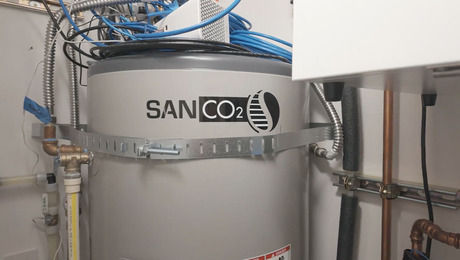
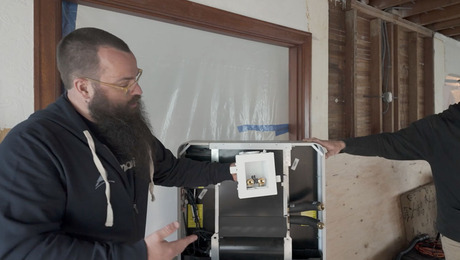
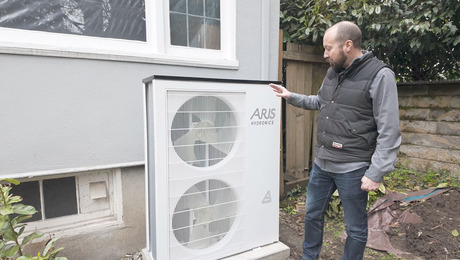

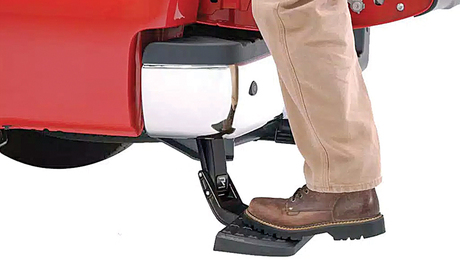








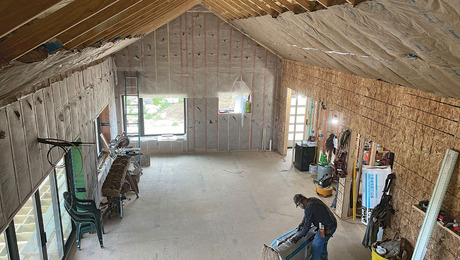



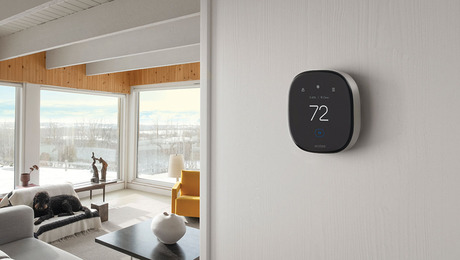
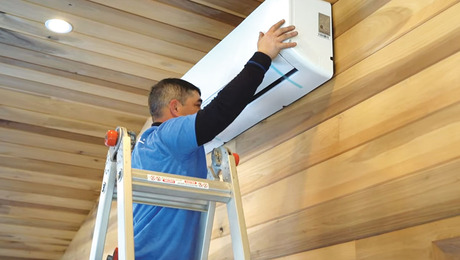

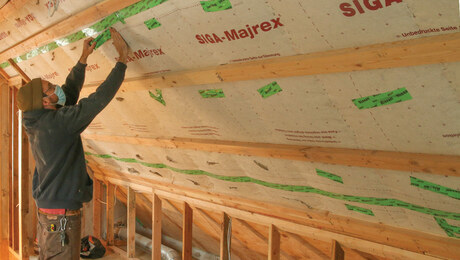



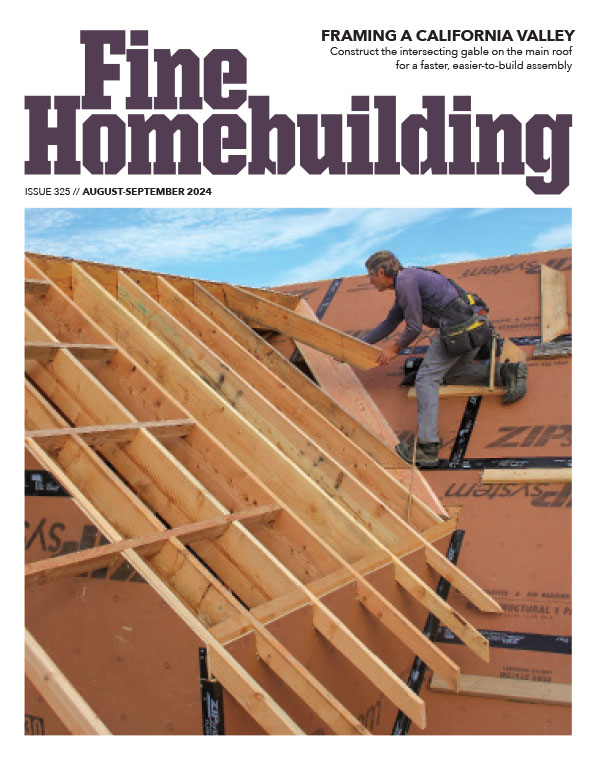


View Comments
Of course rigid is better.
EVERY HVAC guy I've ever known has sworn off any form of flex or semi-rigid ductwork for their homes. Ditto for 'panning' joist bays: not in HIS place.
Likewise, they scoff at any tape, even the listed foil. Nope, for them it's the old-fashioned "pookie" (mastic, mesh, more mastic, sets rock hard).
@renosteinke: Well, not EVERY hvac guy right? Otherwise we'd be seeing a lot more rigid metal out there. Not sure of your geographic location but here in Texas it's 99.9% flex in production homes and 98.9% flex in custom homes. Thanks for commenting, Matt
@renosteinke: Well, not EVERY hvac guy right? Otherwise we'd be seeing a lot more rigid metal out there. Not sure of your geographic location but here in Texas it's 99.9% flex in production homes and 98.9% flex in custom homes. Thanks for commenting, Matt
In Northeast Florida I run into rigid in all of the 50's houses that I remodel, but just about anything built after the 60's is going to be flex. The only new homes using rigid are the high end homes and even a lot of those are using flex. Time being money is the driver behind flex over rigid. Quicker to install, easier to transport and install. My customers can have anything they are willing to pay for. Most pay for flex.
@cutting_edge_wood_work. Agreed that most customers don't want to pay for the upgrade to flex. I've done two things for this dilemma. #1 Don't give them the choice. That's what most people do with flex duct. I do the same thing with Rigid. I'm the expert that my clients are trusting to build them an excellent house at a price they can afford. In my opinion, this is the ONLY way to build a quality house. #2 Give them the flex price, but be sure to sell the upgrade & STRONGLY recommend they do the upgrade. This method is less successful I think because rigid metal is a tough sell to an uneducated non-building professional. But, this will keep your budgets more competitive with the builders who aren't even bringing this option up with clients. If you're in a competitive bid situation this is your opportunity to show your clients a low price to compete but also show off your expertise. #1 is the way to go, but I understand about feeding your family so maybe #2 has a place.
I am about to buy a two room cabin with 1024 sq ft. Now it has 3 window units. The cabin is 32 ft wide. I would like to have installed exposed rigid ductwork with 3 vents opening both ways into the 2 rooms. Maybe it would need to be 25 straight feet long? Would this be expensive? There is no attic .I am a senior w a limited budget. I live in the tx hill country where it is Hot!! Thanks!